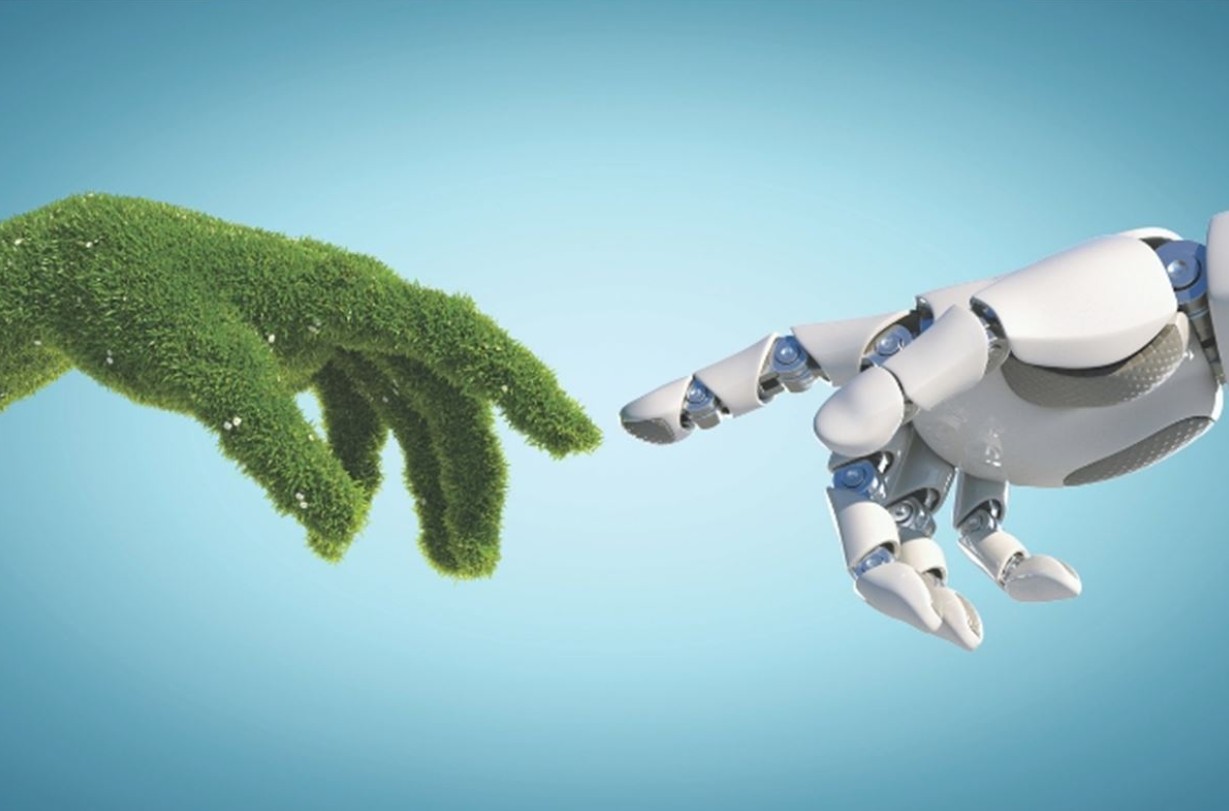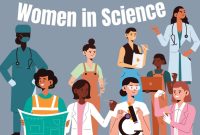As humanity faces mounting environmental challenges, the intersection of science and sustainability has become a beacon of hope for a greener, more sustainable future. Climate change, pollution, deforestation, and resource depletion threaten ecosystems and human well-being, demanding urgent action. Fortunately, scientific innovation is paving the way for sustainable solutions that balance environmental preservation with human progress. From renewable energy to circular economies, advancements in science are driving transformative changes to address these pressing issues.
The Role of Science in Sustainability
Science plays a pivotal role in understanding environmental challenges and developing solutions. Through research and data analysis, scientists can assess the impact of human activities on the planet, predict future trends, and identify ways to mitigate harm. Innovations in science and technology provide tools for cleaner energy production, efficient resource use, and ecosystem restoration, fostering a sustainable balance between nature and human development.
Sustainability, at its core, is about meeting current needs without compromising the ability of future generations to meet their own. Achieving this goal requires a multidisciplinary approach, combining insights from environmental science, engineering, biology, and social sciences.
Renewable Energy: Powering a Sustainable Future
One of the most significant scientific advancements in sustainability is the development of renewable energy technologies. Fossil fuels, which dominate global energy consumption, are major contributors to greenhouse gas emissions and climate change. Transitioning to clean energy sources such as solar, wind, hydro, and geothermal power is essential for reducing carbon footprints.
- Solar Power: Photovoltaic (PV) technology has become more efficient and affordable, making solar panels a viable option for homes, businesses, and large-scale energy production. Innovations like solar paint and transparent solar panels are expanding possibilities for integrating solar energy into everyday life.
- Wind Energy: Advances in turbine design and materials have increased the efficiency of wind power. Offshore wind farms, which harness stronger and more consistent winds, are emerging as a key player in global energy strategies.
- Energy Storage: Renewable energy’s intermittent nature (e.g., solar power depends on sunlight) necessitates reliable storage solutions. Breakthroughs in battery technology, such as lithium-ion and solid-state batteries, are enabling more efficient energy storage, ensuring a steady supply even when production fluctuates.
Circular Economy: Reducing Waste and Conserving Resources
The traditional “take-make-dispose” model of consumption has led to resource depletion and mounting waste. A circular economy offers a sustainable alternative by designing systems where resources are reused, recycled, and regenerated. Scientific innovation is at the heart of this paradigm shift.
- Biodegradable Materials: Scientists are developing bioplastics made from plant-based materials such as cornstarch, which decompose naturally, reducing plastic pollution.
- Recycling Innovations: Advanced recycling technologies, such as chemical recycling, break down materials into their original components, enabling them to be reused in new products. For example, enzymes that break down PET plastics can recycle them into raw materials for manufacturing.
- Product Longevity: Innovations in material science are creating more durable and repairable products, reducing the need for frequent replacements and minimizing waste.
Sustainable Agriculture: Feeding a Growing Population
Feeding a global population projected to reach 10 billion by 2050 is one of the most significant challenges of sustainability. Traditional agricultural practices are resource-intensive, consuming vast amounts of water, land, and energy while contributing to deforestation and greenhouse gas emissions. Science is transforming agriculture to make it more sustainable.
- Precision Farming: By using satellite imagery, sensors, and AI, precision farming minimizes resource waste and maximizes crop yields. Farmers can apply water, fertilizers, and pesticides more efficiently, reducing environmental impact.
- Vertical Farming: Growing crops in vertically stacked layers within controlled environments reduces land use, water consumption, and transportation emissions. LED lighting and hydroponic systems are key technologies enabling this innovation.
- Regenerative Agriculture: This approach focuses on restoring soil health through techniques like crop rotation, cover cropping, and reduced tillage. Healthy soils sequester carbon, improve water retention, and increase biodiversity.
- Lab-Grown Food: Cultured meat and plant-based alternatives offer sustainable options to traditional livestock farming, which is a major source of methane emissions and deforestation.
Green Technology: Innovations for Sustainable Living
Beyond energy and agriculture, scientific advancements in green technology are transforming industries and daily life to align with sustainability goals.
- Smart Cities: IoT (Internet of Things) devices, sensors, and data analytics enable cities to optimize energy use, reduce waste, and improve transportation systems. Smart grids, for example, distribute electricity more efficiently, reducing energy loss.
- Carbon Capture and Storage (CCS): Technologies that capture carbon dioxide emissions from industrial processes and store them underground are helping to mitigate climate change. Direct air capture systems are also being developed to remove CO₂ directly from the atmosphere.
- Water Purification: Innovative filtration and desalination technologies ensure access to clean water while minimizing energy use and environmental harm. Graphene-based membranes and solar-powered water purifiers are examples of breakthroughs in this field.
- Green Building Materials: Materials such as recycled steel, bamboo, and hempcrete are being used in construction to reduce carbon footprints. Additionally, buildings with energy-efficient designs, such as passive solar heating and cooling, contribute to sustainability.
The Role of Artificial Intelligence and Big Data
Artificial intelligence (AI) and big data are revolutionizing sustainability efforts by enabling smarter decision-making and optimizing resource use.
- Environmental Monitoring: AI-powered sensors and satellite imagery monitor deforestation, air pollution, and wildlife populations, providing real-time data to guide conservation efforts.
- Energy Optimization: Machine learning algorithms predict energy demand and optimize grid performance, reducing waste and improving efficiency.
- Climate Modeling: Big data and AI enhance climate models, helping scientists predict the effects of climate change and develop targeted mitigation strategies.
Challenges and the Road Ahead
While science offers powerful tools for sustainability, significant challenges remain. Scaling up renewable energy infrastructure, transitioning to circular economies, and ensuring equitable access to sustainable technologies require global cooperation and substantial investment. Furthermore, public awareness and behavior must align with scientific advancements to drive meaningful change.
The role of policy cannot be overstated. Governments, businesses, and communities must work together to support research, incentivize innovation, and implement regulations that promote sustainability.
Conclusion
Science and sustainability are inextricably linked, with scientific innovation serving as the foundation for a greener future. By harnessing the power of renewable energy, embracing circular economies, transforming agriculture, and leveraging green technology, humanity can address the environmental challenges of our time. The path to sustainability is not without obstacles, but with science as our guide, a more sustainable and equitable world is within reach. It is up to us to embrace these advancements, foster collaboration, and act with urgency to ensure a thriving planet for generations to come.




